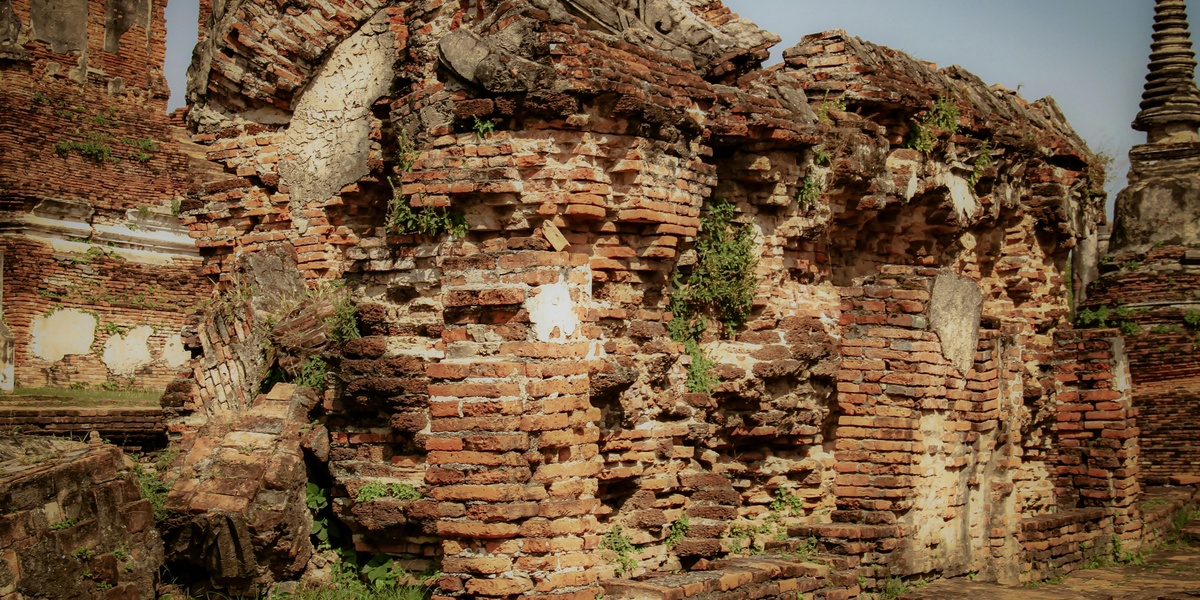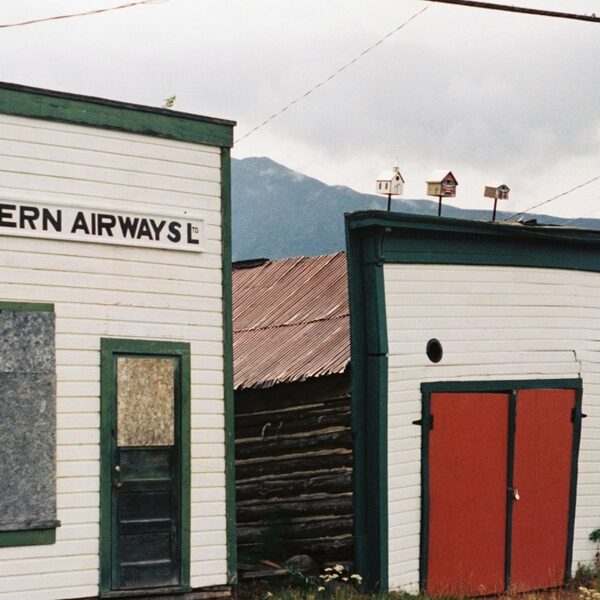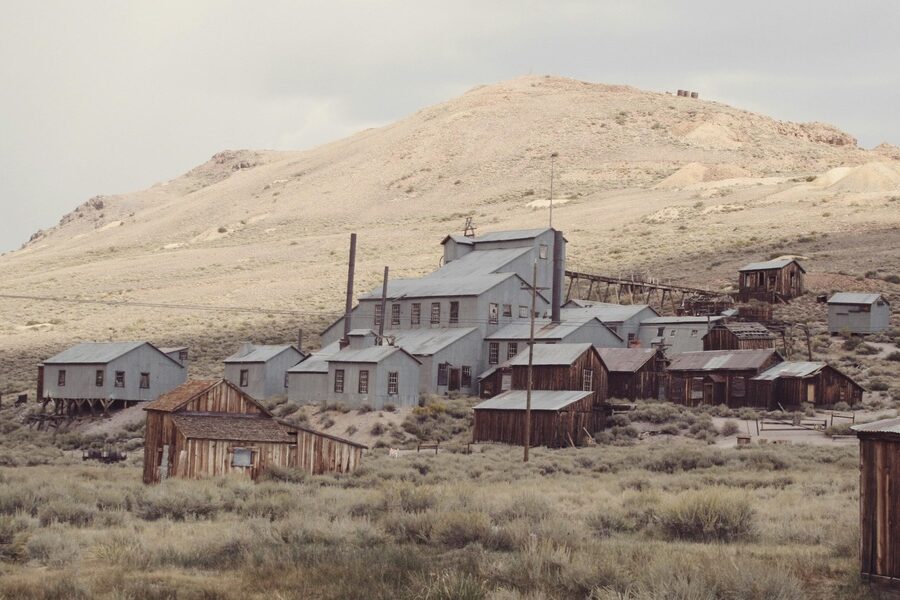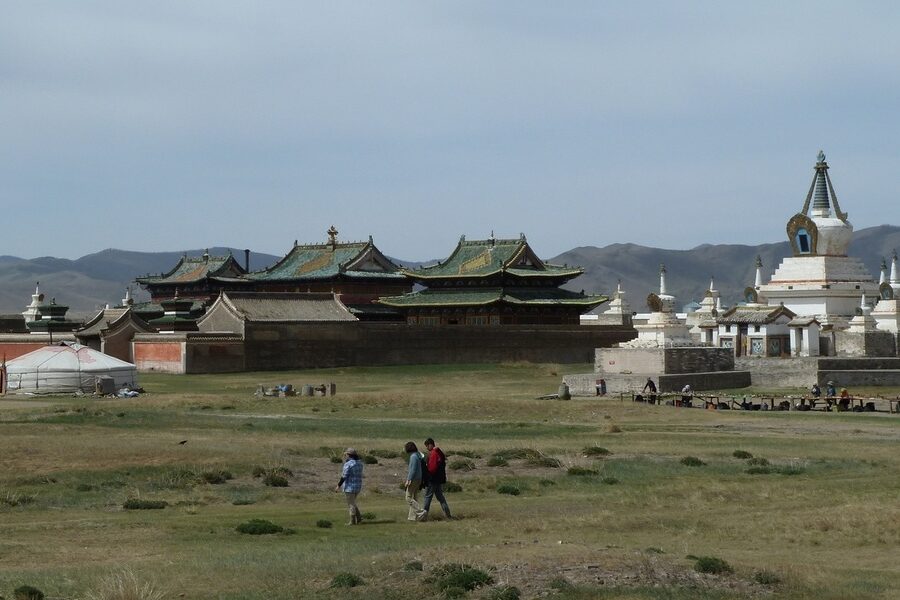Uganda’s landscape hides layers of history: earthen enclosures, ceremonial pits and ruined settlements sit among savannah, forests and lakeshores. Many sites are little-known outside local communities, but together they trace centuries of settlement, ritual and regional power shifts.
There are 13 Ruins in Uganda, ranging from Bigo bya Mugenyi to Walumbe Tanda Pits. For each site I list Location (nearest town, district; coordinates lat,long),Era (approx. century/yr),Access / condition — you’ll find below.
Which ruins are easiest to visit on a day trip?
Sites near major towns or along maintained roads are the most accessible — examples include those close to Fort Portal or near Masaka. Expect basic trails and limited signage; hiring local transport or using a town guide makes timing predictable and helps with directions and permissions.
Do I need a guide or permits to visit these sites?
Requirements vary: some places are freely visitable, others sit on protected land or hold cultural sensitivities and benefit from a local guide. Check with the district tourism office or a community guide beforehand, respect access rules, and ask about any small local fees.
Ruins in Uganda
| Name | Location (nearest town, district; coordinates lat,long) | Era (approx. century/yr) | Access / condition |
|---|---|---|---|
| Bigo bya Mugenyi | Ntusi, Sembabule District; 0.155, 31.221 | Iron Age earthworks, c. 1350-1650 AD | Remote, guide recommended; extensive but overgrown trenches and mounds. Max 15 words. |
| Fort Patiko (Baker’s Fort) | Patiko, Gulu District; 3.018, 32.337 | Colonial fort, 1872 | Accessible with community guide; partially standing stone walls are well-preserved. Max 15 words. |
| Ntusi Mounds | Ntusi, Sembabule District; 0.052, 31.218 | Iron Age settlement, c. 1000-1500 AD | Open access, easily visible; consists of two large, grass-covered mounds. Max 15 words. |
| Munsa Earthworks | Near Mubende, Kibale District; 0.733, 31.144 | Iron Age earthworks, c. 1400-1650 AD | Remote and overgrown, local guide essential; features trenches and rock shelters. Max 15 words. |
| Fort Dufile | Dufile, Moyo District; 3.567, 31.921 | Colonial fort, 1874 | Open archaeological site; primarily earthworks and foundations, small on-site museum. Max 15 words. |
| Wadelai (Fort Emin Pasha) | Wadelai, Nebbi District; 2.741, 31.401 | Colonial outpost, 1875 | Remote site marked by a monument; consists of low earthworks and traces. Max 15 words. |
| Kilembe Mines Ruins | Kilembe, Kasese District; 0.205, 30.005 | Industrial (copper mine), mid-20th Century | Partially active; abandoned structures are visible but access may be restricted. Max 15 words. |
| Old Entebbe Pier | Entebbe, Wakiso District; 0.053, 32.464 | Colonial infrastructure, early 20th Century | Publicly accessible on the shore; concrete and metal structure is heavily decayed. Max 15 words. |
| Mubende Hill Earthworks | Mubende, Mubende District; 0.559, 31.357 | Iron Age earthworks, c. 1300-1500 AD | Open cultural site; earthworks are subtle, surrounding the famous Nakayima Tree. Max 15 words. |
| Kibiro Salt Gardens | Kibiro, Hoima District; 1.668, 31.258 | Archaeological industrial site, 800+ years | Accessible via a steep path; active production alongside ancient archaeological deposits. Max 15 words. |
| Walumbe Tanda Pits | Near Mityana, Mityana District; 0.407, 32.133 | Mythological/Pre-historic earthworks | Cultural site with visitor access; series of deep, circular pits in rock. Max 15 words. |
| Kagulu Rock Fortifications | Kagulu, Buyende District; 1.259, 33.093 | Pre-colonial fortifications, c. 17th-19th C | Accessible via steep climb; remains of defensive stone walls on the summit. Max 15 words. |
| Garama Cave | Near Kisoro, Kisoro District; -1.275, 29.626 | Pre-colonial refuge, age uncertain | Accessible with guide from Mgahinga NP; large cave with man-made features. Max 15 words. |
Images and Descriptions
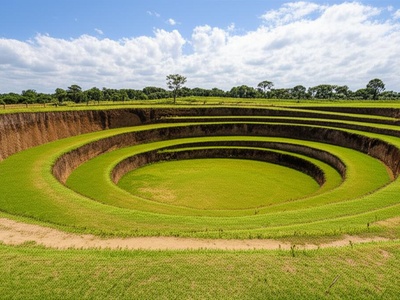
Bigo bya Mugenyi
Believed to be the capital of the legendary Bachwezi dynasty, these vast earthworks are the largest of their kind in Uganda. The extensive network of trenches, covering 10 sq km, hints at a powerful, centralized prehistoric kingdom.
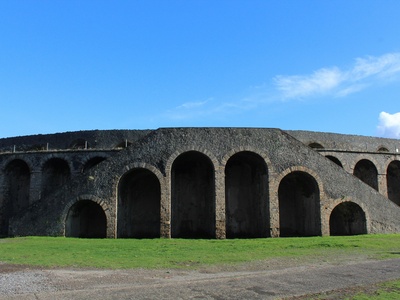
Fort Patiko (Baker’s Fort)
Established by Sir Samuel Baker to disrupt the slave trade, this stone fort’s ruins are a stark reminder of Uganda’s turbulent colonial history. It later served as a base for both Charles Gordon and Emin Pasha.

Ntusi Mounds
The ‘Male’ and ‘Female’ mounds are massive archaeological deposits from a major Iron Age settlement that predates nearby Bigo bya Mugenyi. They represent one of the earliest urban centers in the Great Lakes region.
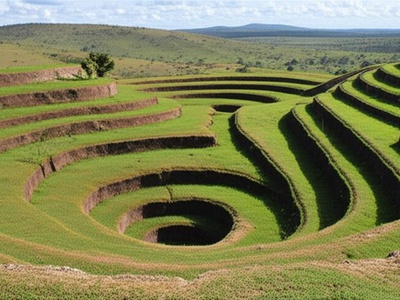
Munsa Earthworks
This Bachwezi-era site is known for its impressive defensive trenches, rock shelters, and a unique underground passage. It is linked to the legendary ruler Kateboha and offers a glimpse into the architecture of this ancient period.
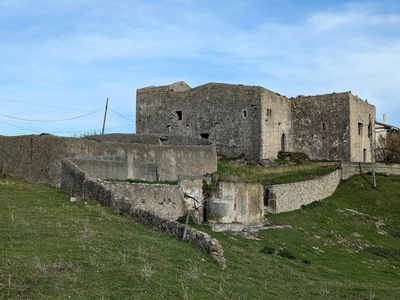
Fort Dufile
Built by Charles Gordon for the Egyptian Khedive, this fort was a strategic outpost on the Nile. Today, its remaining earthworks and artifacts tell the story of exploration, trade, and conflict during the Scramble for Africa.
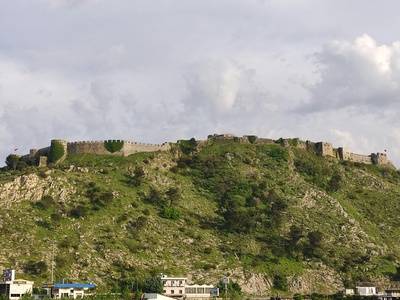
Wadelai (Fort Emin Pasha)
This was the last headquarters of Emin Pasha, the German governor of Equatoria, before his famed “rescue” by H.M. Stanley. The subtle ruins overlook the Nile, marking a pivotal moment in the decline of Egyptian colonial power.
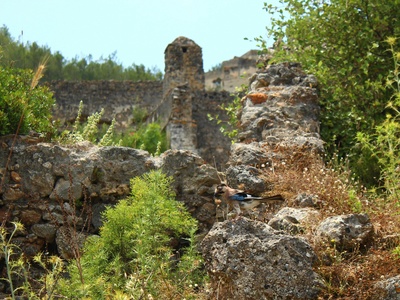
Kilembe Mines Ruins
Once a cornerstone of Uganda’s economy, the abandoned sections of the Kilembe Copper Mines now stand as haunting industrial ruins. The decaying processing plants and rail lines are a monument to post-colonial industrial history.
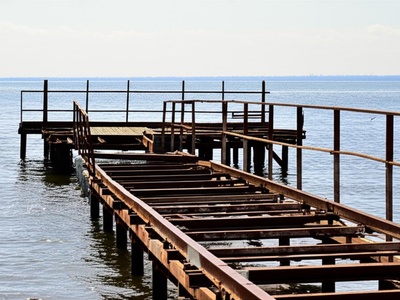
Old Entebbe Pier
A skeletal relic from when Entebbe was the colonial capital, this decaying pier was once a busy port for Lake Victoria steamers. Its ruins offer a picturesque and poignant link to the transport systems of a bygone era.
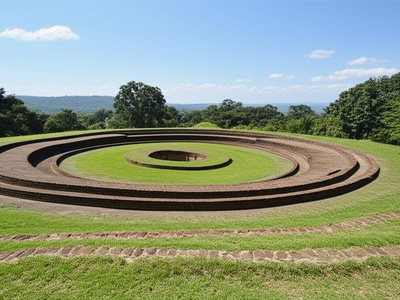
Mubende Hill Earthworks
These ancient earthworks are found on the historic hill that also hosts the sacred Nakayima Tree. Believed to have been a Bachwezi shrine or stronghold, the ruins provide archaeological depth to this important spiritual site.
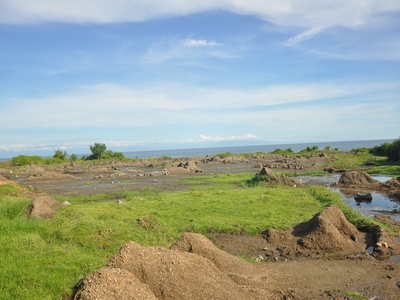
Kibiro Salt Gardens
A living archaeological site where traditional salt production has continued for centuries. The ground itself is a ruin, composed of meters-deep layers of discarded soil and pottery, a unique testament to continuous industrial heritage.
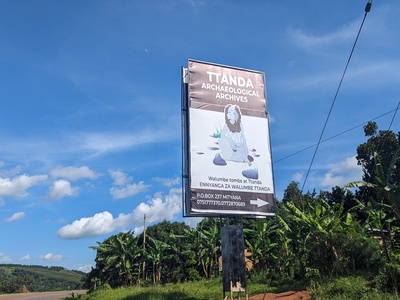
Walumbe Tanda Pits
A key site in Buganda mythology, these 240+ pits are said to be where Walumbe (Death) emerged. These ancient, man-made earthworks are not structural ruins but are a profound and physical link to Kiganda origin stories.
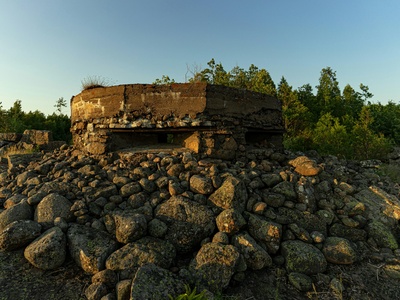
Kagulu Rock Fortifications
This imposing rock outcrop served as a natural fortress for the Basoga people. At its summit lie the ruins of stone walls used for defense against regional powers, offering panoramic views and a link to pre-colonial military strategy.
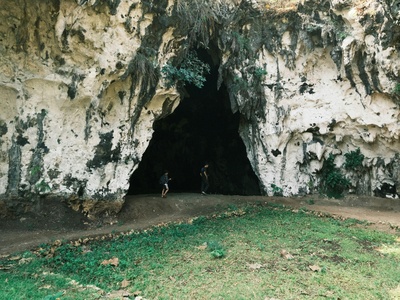
Garama Cave
This 342-meter-long cave was a royal residence and refuge for the Batwa people. It contains the ruins of man-made partitions and fire pits, offering a rare glimpse into the subterranean settlement of the forest’s original inhabitants.

